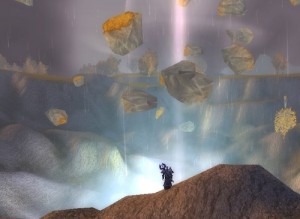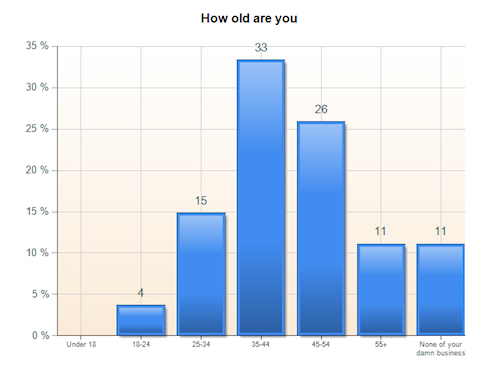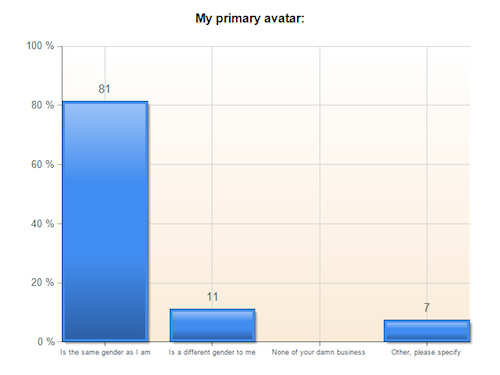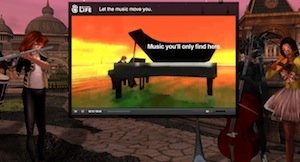I’ve covered my experiences with World of Warcraft a couple of times here, and I’ve now been playing for more than three years. Even if you don’t play, you may have heard that Blizzard Entertainment are about to release the third expansion / fourth instalment for World of Warcraft, called Cataclysm. It’s a fairly standard formula now for MMOs – release an expansion every couple of years to keep current players interested, draw back some of the player base that may have already left, and ideally drag in a bunch of new players. Cataclysm is likely to do all of those things, but on top of that I’d argue it’s caused an interesting phenomenon: a fairly widespread sense of loss. It’s also I believe set a new standard in transitioning to a new expansion. Let’s look at both issues in a little more detail.
The loss
This expansion involves a continuation of the WoW storyline whereby Deathwing causes an enormous amount of geographic upheaval on Azeroth. Think tsunamis, earthquakes and the like. There’s now water in a lot of places where there were villages / encampments / quest zones. There are now gaping chasms in areas, including key cities like Stormwind. It’s very exciting to explore all the changes, but that’s also where the sense of loss kicks in. Over the past three years, I’ve become attached to a lot of areas in the game, and I’m actually not happy that some have changed. Take Gadgetzan for example – one of its key striking features was the fact it was in the middle of a desert. Now it has water right at its eastern wall. Although I never would have thought so, I miss how Gadgetzan used to be. Like any loss, over time I’ll incorporate it into my experience but I’ll still remember what it used to be like.
Is it a life-changing loss? No – not even in the context of my character’s life. It’s more the jarring sensation of a new visual in place of three years’ experience. Expecting permanence in a virtual world isn’t reasonable, but it does happen to be a very human trait, as is a reaction of anxiety to change. It’s not a new issue by any means for virtual worlds, but this is one of the bigger examples. Once the full expansion hits the servers on December 7th, the scale of the changes will be fully apparent. I’m sure no-one will need counselling on their loss, but there’s certainly some interesting further research potential.
The transition
It’s a common story-telling technique: build tension over a period of time prior to a major event. Blizzard have done this with each of their expansions (although I felt the pre-Lich King one was a little half-baked), and the Cataclysm lead up has been no exception. I’ve really enjoyed the storyline over recent weeks and loved the feeling of crisis in Stormwind as the changes started occurring. Aside from the rightfully expected story transition, I’m equally impressed at how they’ve managed the technical transition to the new content. From what I can gather, essentially all of the content for the expansion is likely sitting on your hard drive now, with your license key purely unlocking it on the 7th. Additionally, a lot of the smaller new content can already be explored, helping to build excitement when it’s all revealed. Finally, the staged download of the new content works well, with background downloading as you play. Again, none of it is specifically surprising but the implementation has been relatively smooth and Blizzard deserve kudos for it.
The sum-up
On the gaming side of the virtual world equation, the means by which end users are hooked into the product are extremely well established. When an MMO is around long enough that people are emotionally affected by changes to it, you know they’re probably getting a few things right. Less rigid environments like Second Life, Blue Mars, OpenSim grids and the like, can only translate such lessons to a certain extent. What they can mimic 100% is integrating the technical side of things with the user’s experience. That hasn’t changed in decades but it seems there’s still a lot of catch-up being done in that regard.






















Recent Comments